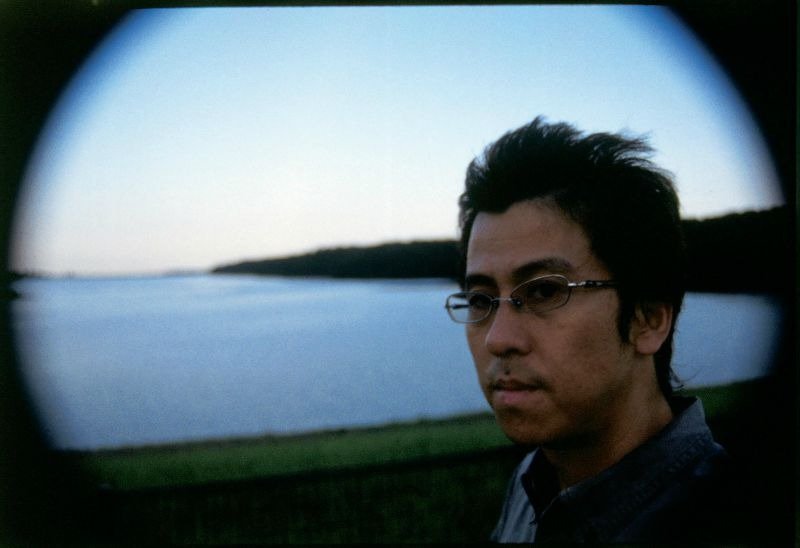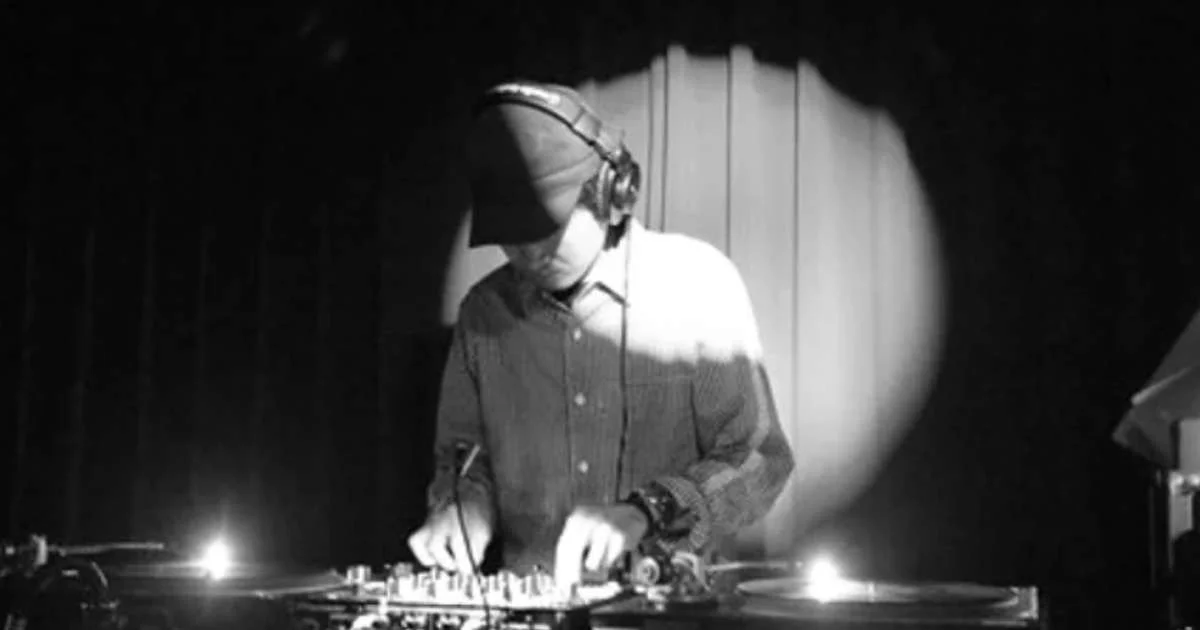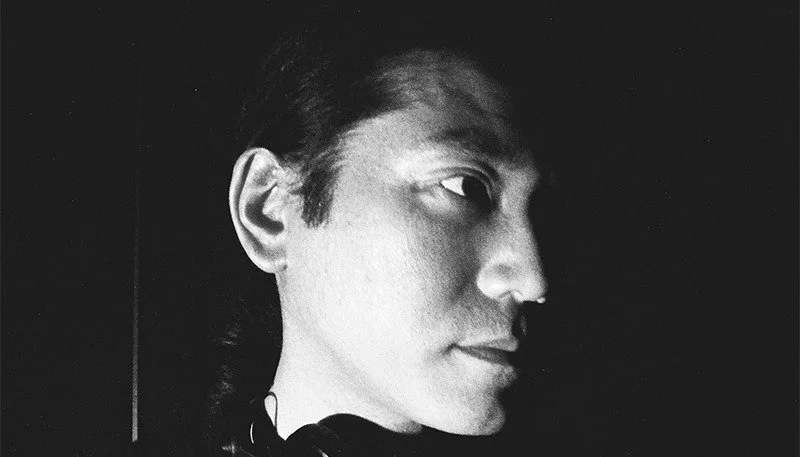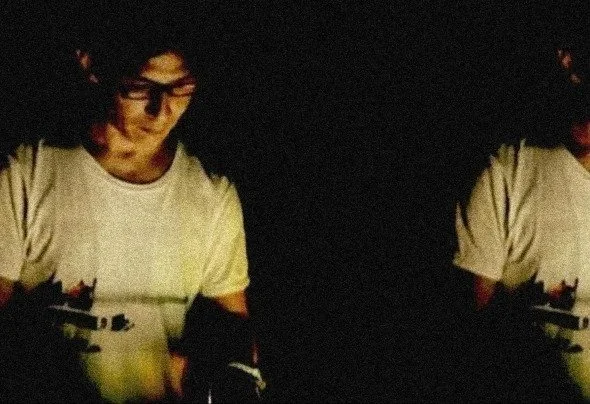The Sabukaru Guide to Japanese House Music

It’s the 1980s: around the world the current generation of trendy youth is seen as both more influential and rowdier than any that have come before it. Clubs have become a staple of young adulthood. In New York and Los Angeles, these subcultures are defined by hip hop; in Europe by techno. Meanwhile, in Chicago, locals are captivated by a different sound: “house”.
House music acted as a creative voice for restless, often disenfranchised youth, not unlike hip hop.
The genre’s infectious sound heavily encouraged dancing with its iconic “four on the floor” drums and electronic instrumentation, not unlike techno.
Inspirations from both techno and hip hop were further enveloped into house [and vise versa], becoming a massive craze in contemporary club music and eventually gaining notability outside Chicago, making its way into clubs across North America and Europe, before eventually reaching the shores of Japan in the late 1980s.
As with many genres, the Japanese music community made house its own, developing ideas that both complemented its origins and established a unique sound within the broader genre.
The Sabukaru team would like to take a deeper look into Japan’s love of house music by exploring the genre’s history in the country, and its relationship to the story of Japanese club music as a whole.
Satoshi Tomiie
Satoshi Tommie, left
Frankie Knuckles, right
Former Yellow Magic Orchestra tour mate Satoshi Tomiie is often cited with bringing house to Japan with his 1989 debut single “Tears”, a prolific collaboration with Chicago House Godfather Frankie Knuckles [right in image above].
Knuckles’ role in establishing and pioneering Chicago house music cannot be understated. Likewise, Tomiie’s role in bringing the genre to Japan was similarly substantial.
“Tears” was a smash hit not only in Japan, but globally, and Tomiie would go on to further popularize Japanese house music internationally with iconic tapes such as 2000’s “Full Lick”, and the establishment of his label Saw Recordings alongside New York DJ Hector Romero in 2001.
Tomiie’s sound is notable for heavy inspirations from his common collaborator’s roots in the house scenes of Chicago and New York City, as well as a penchant for hypnotic experimental instrumentation and ghostly ballad vocals.
Susumu Yokota
The late Susumu Yokota is an undeniable legend of Japanese electronic music as a whole [having been previously featured on our guides to both techno and ambient].
Yokota is beloved for his work DJing and producing a wide range of genres [under a number of pseudonyms, such as Ebi and 246], and is revered for his skill in tastefully experimenting and bending the medium into his own unique style.
Across all genres, Yokota’s work, beginning in the mid 1990s, is characterized by drum patterns and layered instrumentation that is both complex, and simultaneously inviting with a playful, almost cartoonish atmosphere that makes each project uniquely fun and noticeably “Yokota”.
Susumu Yokota unfortunately lost his long battle with illness in 2015 at the untimely age of 54, leaving behind a legacy as one of the greatest Japanese electronic music creatives of all time.
Soichi Terada
Being an exceptionally skilled in electric organ player since a young age, Soichi Terada traveled to New York City in 1987 as a part of touring Tokyo band Tax Flee. He quickly became enamored with New York’s up-and-coming house scene, which was defined by a sound infused with soul, disco, and R&B as opposed to Chicago’s techno inspired penchant for futurism.
Upon Terada’s return to Tokyo, he began experimenting with the house genre, and his attachment to NYC’s house scene followed him throughout his career.
His sound reflects this with a soulful, warm, and colorful character, commonly blended with instrumental and compositional references to Japanese musical tradition.
In 1990, along with ensuingly mentioned Shinichiro Yokota, Terada formed Far East Recording, going on to curate a number of prolific Japanese house tapes together over the following years, including 1992’s eponymous project Far East Recording, and his celebrated return to form in 2015, Sounds From The Far East.
Shinichiro Yokota
Shinichiro Yokota had long had an interest in electronic instruments and synthesizers, sparked by his early love of Yellow Magic Orchestra and later discovery of hip hop via underground radio.
This interest inspired him to enter DJ contests, where he’d meet Soichi Terada who had just returned from his trip to New York City.
Terada introduced Yokota to the genre and the two immediately hit it off creatively, forming Far East Recording upon Terada’s graduation from university.
Yokota’s style as a house DJ reflects his role in Far East Recording, and the label’s heavy New York inspired sound, with bright instrumentation and soulful sampling. Yokota’s love of hip hop, however, also shines through in his music, with a particular penchant for turntablism.
Shinichi Atobe
By design, not much is known of Shinichi Atobe.
He remains out of the limelight, often disappearing for numerous years. Atobe prefers for his music to speak for itself, and for over two decades it has done just that, evolving, challenging, and elevating.
Beginning with deep cut dub techno singles in the early 2000s, Atobe has remained creatively sharp, becoming progressively more inspired in more recent years with prolific deep house efforts such as 2018’s Heat and 2022’s Love of Plastic.
Atobe’s style is complex and contrasting, with a sort of simultaneous cerebral delicacy and industrial intensity.
Shingo Nakamura
Shingo Nakamura is the undeniable champion of Japanese progressive house, and a giant in the whole progressive house scene as a member of the well known Monstercat Silk label outfit.
Nakamura has a style that blends progressive electronic elements with lyricism and classical instrumentation; such as on his highly successful 2011 release Sapporo, which had a major impact on the progressive house scene globally and developed Nakamura an international reputation in the scene, eventually leading to sold out shows in Tokyo, and as far as San Francisco.
Nakamura has become a legend of the modern mainstream house scene, thanks in part to the YouTube algorithm which skyrocketed his visibility. He can often be found today performing shows at nightclubs around Japan.
Kuwata tsutomu
Being raised in Chicago, American-born DJ Quietstorm moved to Tokyo for the first time as a high schooler in the early 1980s, where he quickly took an interest in the burgeoning nightclub scenes of Shibuya and Minato.
When he began to DJ several years later, he followed the trends of the Japanese club music community and played hip hop, garnering great respect from local DJs and club goers. Still, before long his Chicago roots inspired him to play house music. If he was going to change his style as a performer so drastically, however, he decided he needed a pseudonym, and Kuwata Tsutomu was born.
Although appearances and releases are rare [therefore greatly celebrated by fans], this alter ego [still based in Tokyo] takes heavy inspiration from early Chicago Ghetto House, with dark bassy drums and characteristic vocal callouts.
Satoshi Fumi
Though he specializes in deep house, Satoshi Fumi takes heavy inspiration from 1990s New York and Detroit House; introducing fundamental melodic and vocal elements, and blending them with other genres including downtempo, acid, and dub techno to create a fresh and contemporary atmosphere to his sound.
With bright drums, slick vocals, and groovy synthesizer, his instrumentation is compellingly complex and sonically large without being overbearing or intimidatingly challenging.
He’s developed a deep respect among DJs from numerous genres from around the world, collaborating with the likes of Ian O’Donovan and John Digweed.
Yuuki Hori
Inspired in his early teen years by the likes of Yellow Magic Orchestra and Kraftwerk, Yuuki Hori began DJing at the age of 18, finding further inspiration from DJs in scenes such as Detroit techno and Chicago house.
He quickly developed a style that was decidedly “minimal”, and embraced this subgenre of electronic throughout his highly underrated discography.
Yuuki brilliantly utilizes repetition, atmospheric elements, and gentle drums; creating a mentally stimulating sonic effect.
With recent releases from major mainstream pop artists such as Beyoncé and Drake taking heavy house inspiration, the genre faces a resurgence in visibility.
Undoubtedly this revived interest in the genre will result in new Japanese house music yet to come, and will allow Japan to show the world once again why it’s house scene [and music community on a wider scale] is so revered worldwide.
About the author:
Kade Nations is the music brain of the Sabukaru team.














